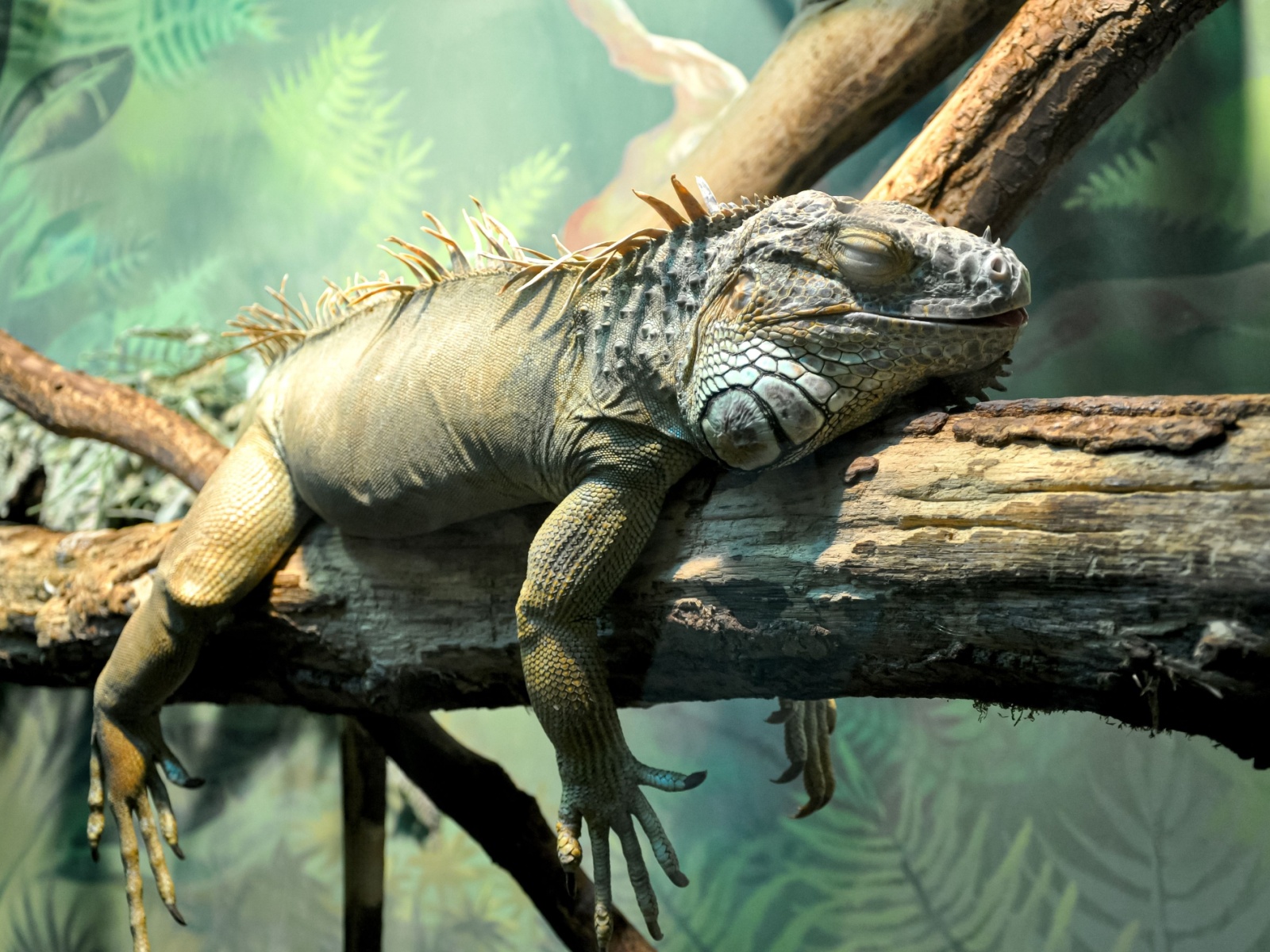Sleep is a universal need, but the animal kingdom has some truly weird ways of catching Z’s. From half-awake dolphins to upside-down sloths, these creatures prove that there’s more than one way to get some shut-eye. Let’s dive into the strange world of animal sleep habits that will make you rethink your bedtime routine.
Dolphins: The Half-Awake Sleepers
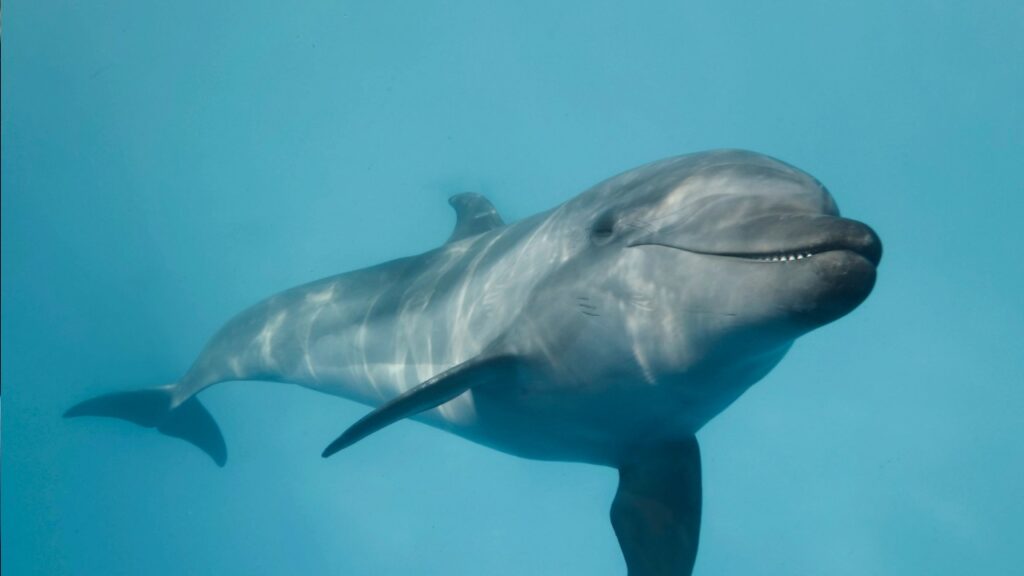
Dolphins have a sleep habit that would drive humans crazy. They sleep with only half their brain at a time. One hemisphere of their brain stays awake to control breathing and watch for predators, while the other half sleeps. They switch sides every couple of hours. This unique ability allows dolphins to stay alert and breathe voluntarily even while resting. It’s like having a built-in night watch system!
Giraffes: The Power Nappers
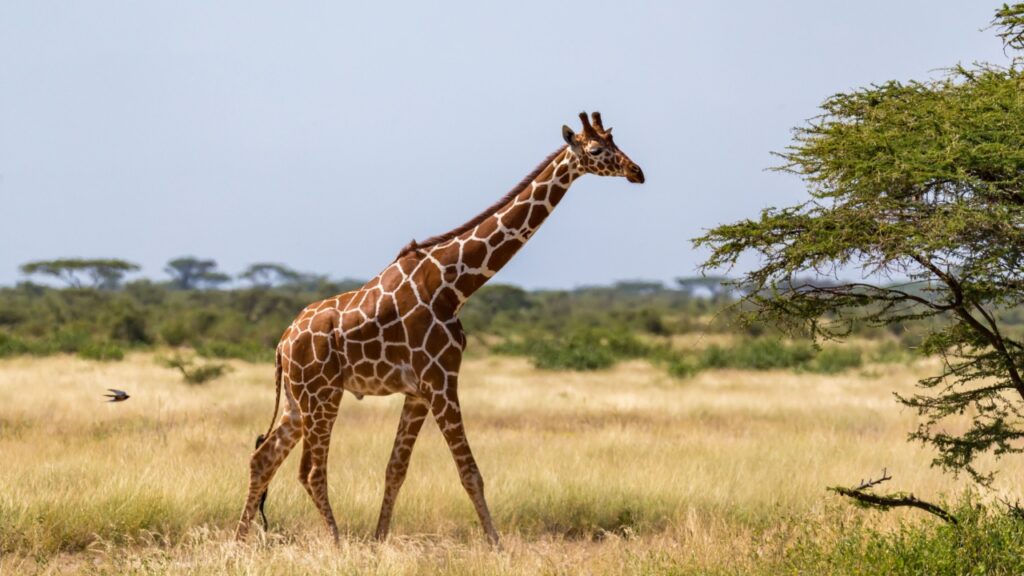
Giraffes are the kings of power naps. These long-necked mammals sleep for only about 30 minutes a day, usually in short 5-minute bursts. They often sleep standing up, ready to run from predators at a moment’s notice. Sometimes, they’ll curl their necks around and rest their heads on their rumps. Imagine getting by on just half an hour of sleep each day!
Frigatebirds: The Airborne Snoozers
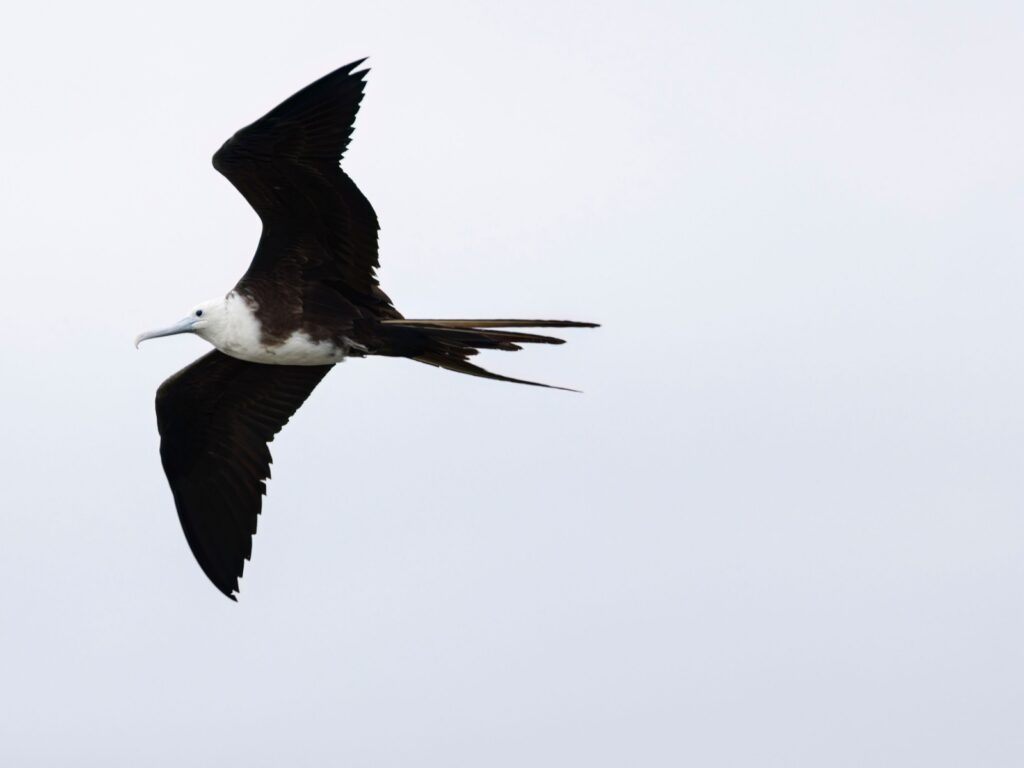
Frigatebirds take “sleeping on the job” to new heights. These seabirds can sleep while flying, catching quick naps during long flights over the ocean. They usually sleep for about 12 seconds at a time, adding up to about 40 minutes of sleep per day. Their ability to sleep mid-flight allows them to stay in the air for up to two months without landing. Talk about multitasking!
Bullfrogs: The Sleepless Amphibians
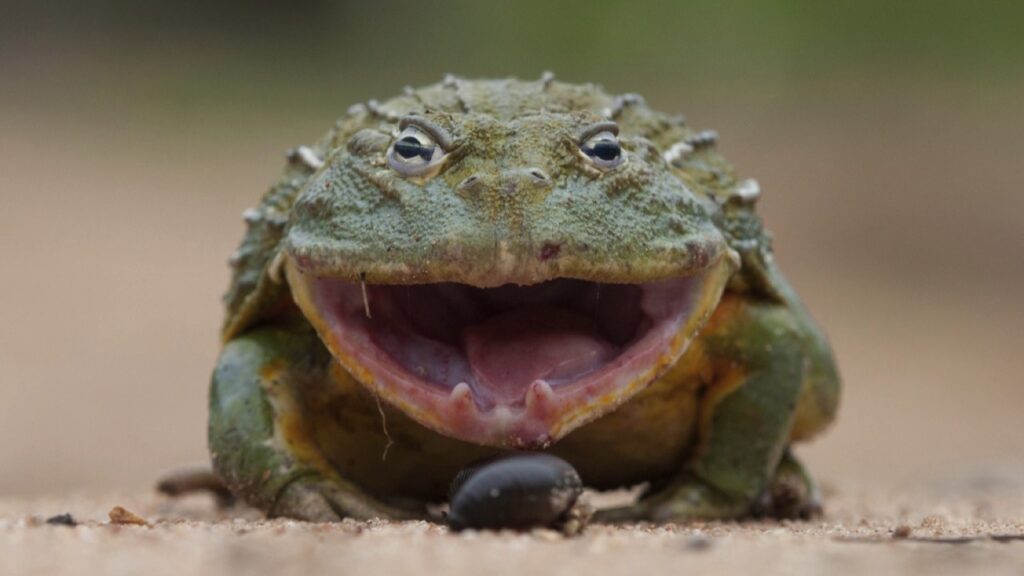
Bullfrogs are the party animals of the amphibian world. These croaking creatures don’t sleep at all during their active season. Instead of sleeping, they enter a state of quiet rest where they remain alert to their surroundings. During winter, they hibernate underwater, but for the rest of the year, they’re always ready for action. It’s like they’re powered by eternal batteries!
Sloths: The Upside-Down Dreamers
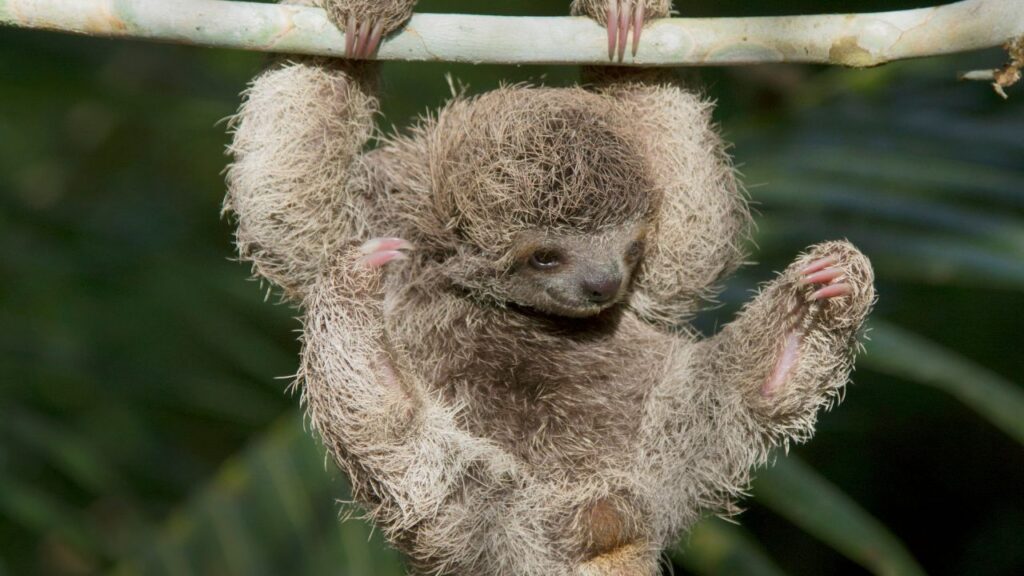
Sloths take laziness to a whole new level. These slow-moving mammals sleep for up to 20 hours a day, often hanging upside down from tree branches. Their unique anatomy allows them to lock their limbs in place, so they don’t fall even when fast asleep. Sloths are so well-adapted to this sleeping position that female sloths even give birth hanging upside down!
Walruses: The Inflatable Sleepers
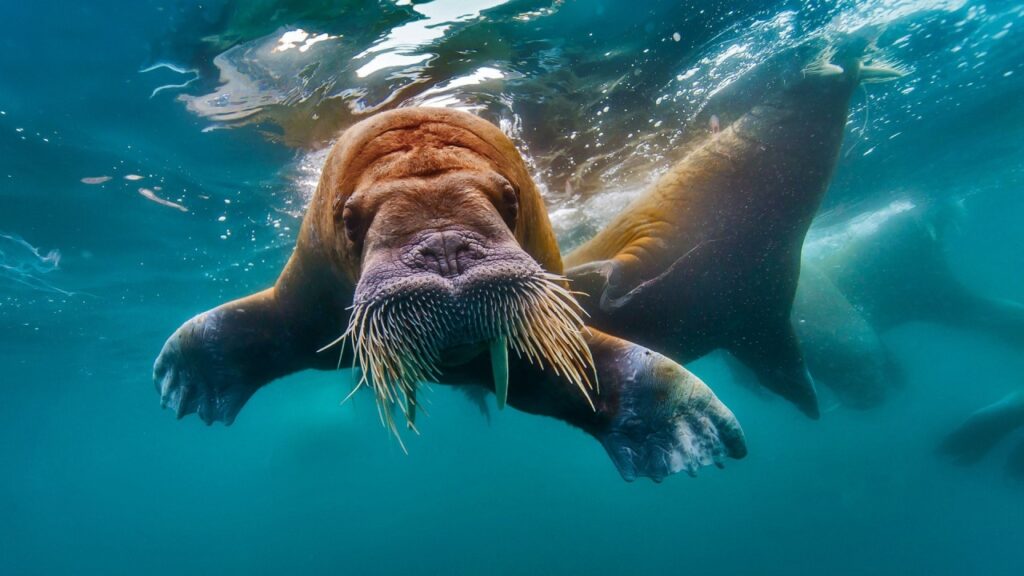
Walruses have a truly bizarre sleep habit. They can sleep in the water by inflating pouches in their throat that act like built-in life jackets. These air sacs keep their heads above water while they snooze. Walruses can also sleep on land or ice, often in large groups called huddles. They can sleep in almost any position – on their backs, sides, or even standing up in shallow water.
Albatrosses: The Wind Surfers
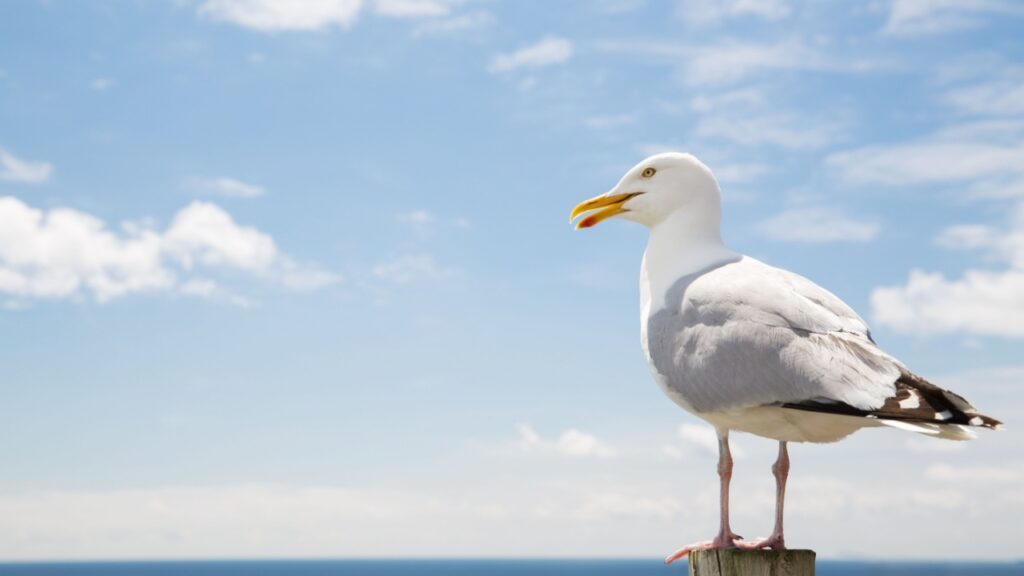
Albatrosses have mastered the art of sleeping on the wing. These seabirds can sleep while gliding over the ocean, using air currents to stay aloft with minimal effort. They typically take micro-naps lasting only seconds at a time, but these can add up to several hours of sleep per day. This ability allows albatrosses to stay at sea for months, covering vast distances without needing to land.
Meerkats: The Cuddle Puddle Snoozers
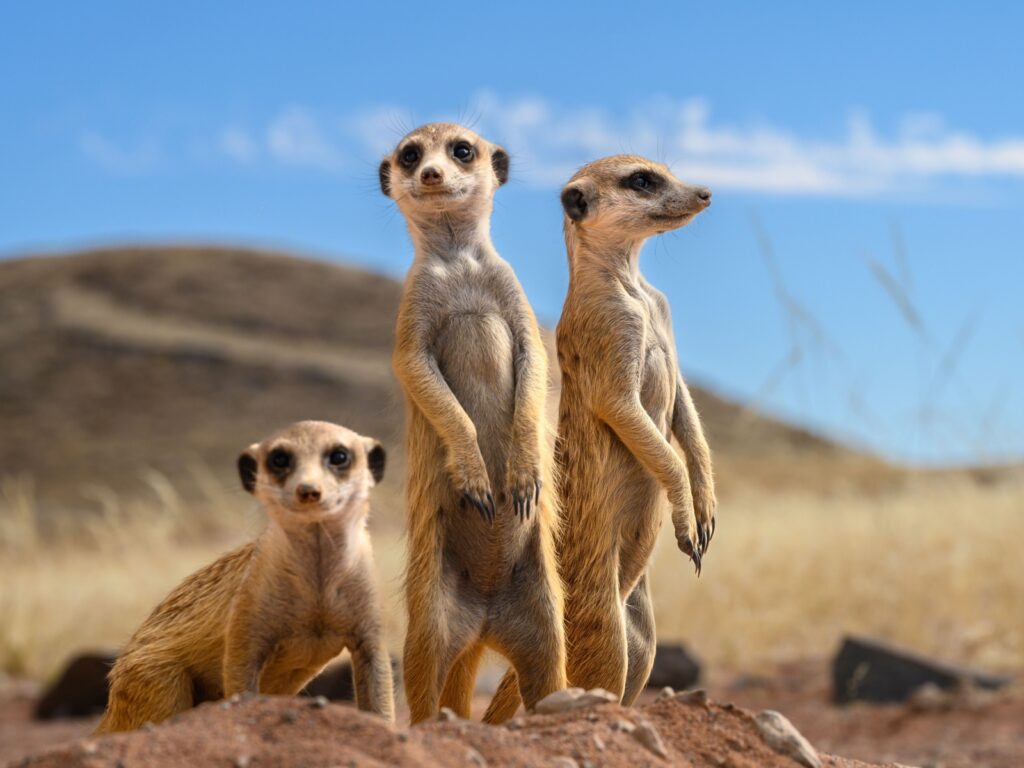
Meerkats take group naps to a whole new level. These social animals sleep in tight-knit groups called “cuddle puddles.” They pile on top of each other in their underground burrows, with lookouts taking turns to watch for danger. This sleeping arrangement helps meerkats stay warm and safe. It’s like a slumber party every night!
Platypuses: The REM Sleep Champions
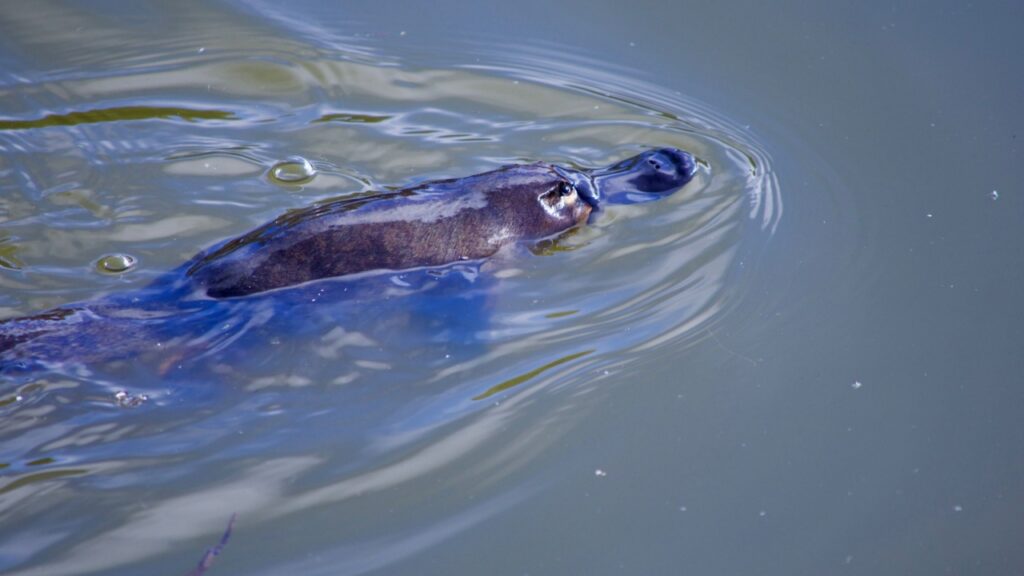
Platypuses are weird in many ways, and their sleep habits are no exception. These egg-laying mammals have more REM (Rapid Eye Movement) sleep than any other animal. REM sleep is associated with dreaming in humans. Platypuses spend almost 8 hours a day in REM sleep, more than double the amount humans get. Scientists think this might be related to their unusual combination of reptilian and mammalian features.
Sea Otters: The Floating Nappers
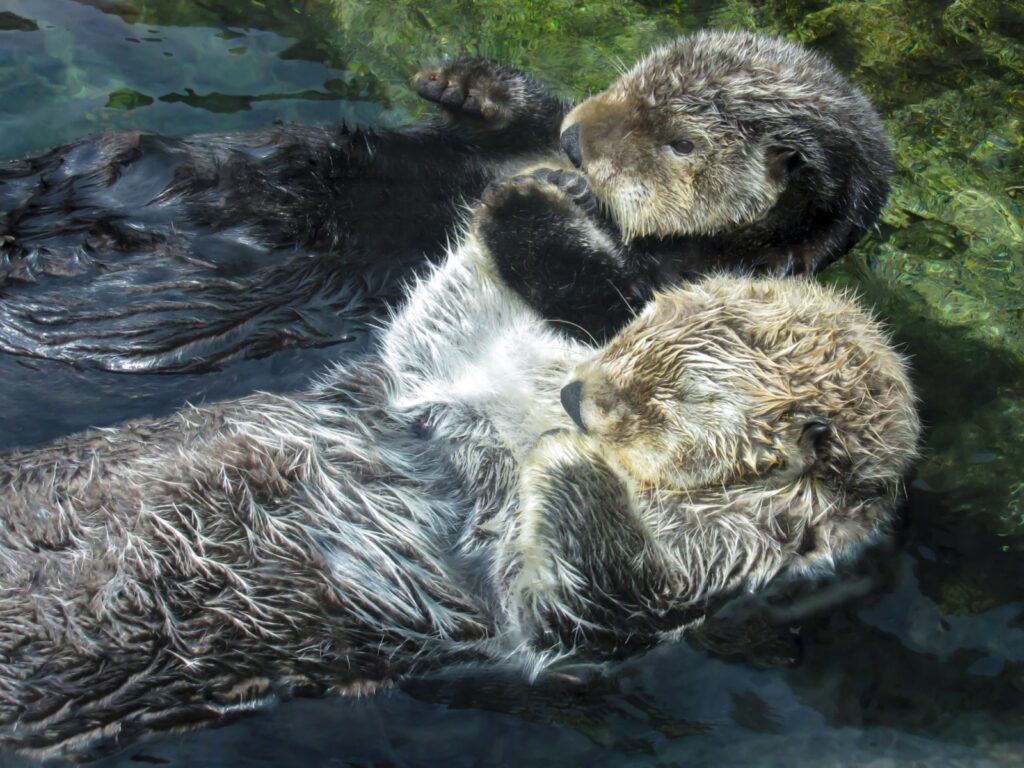
Sea otters have figured out how to sleep without drifting away. These marine mammals often sleep floating on their backs at the water’s surface. To keep from drifting apart, they’ll wrap themselves in kelp or hold paws with other otters. This forms what’s called an “otter raft.” Female sea otters will also wrap their pups in kelp to keep them safe while mom catches some Z’s. It’s like having a natural anchor and baby monitor all in one!
Becky is a fervent wildlife enthusiast and pet care expert with a diploma in canine nutrition. Her love for animals stretches beyond the domestic, embracing the wild tapestry of global fauna. With over a decade of experience in animal welfare, Becky lends her expertise to OutlandishOwl through insightful articles, captivating wildlife information, and invaluable guidance on pet nutrition. Her work embodies a deep commitment to understanding the intricate lives of animals and a passion for educating others on sustaining natural habitats. Becky's hands-on conservation efforts and her knack for translating complex dietary science into practical pet feeding tips make her an indispensable voice for creatures great and small.

